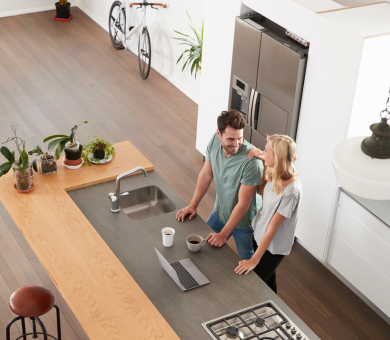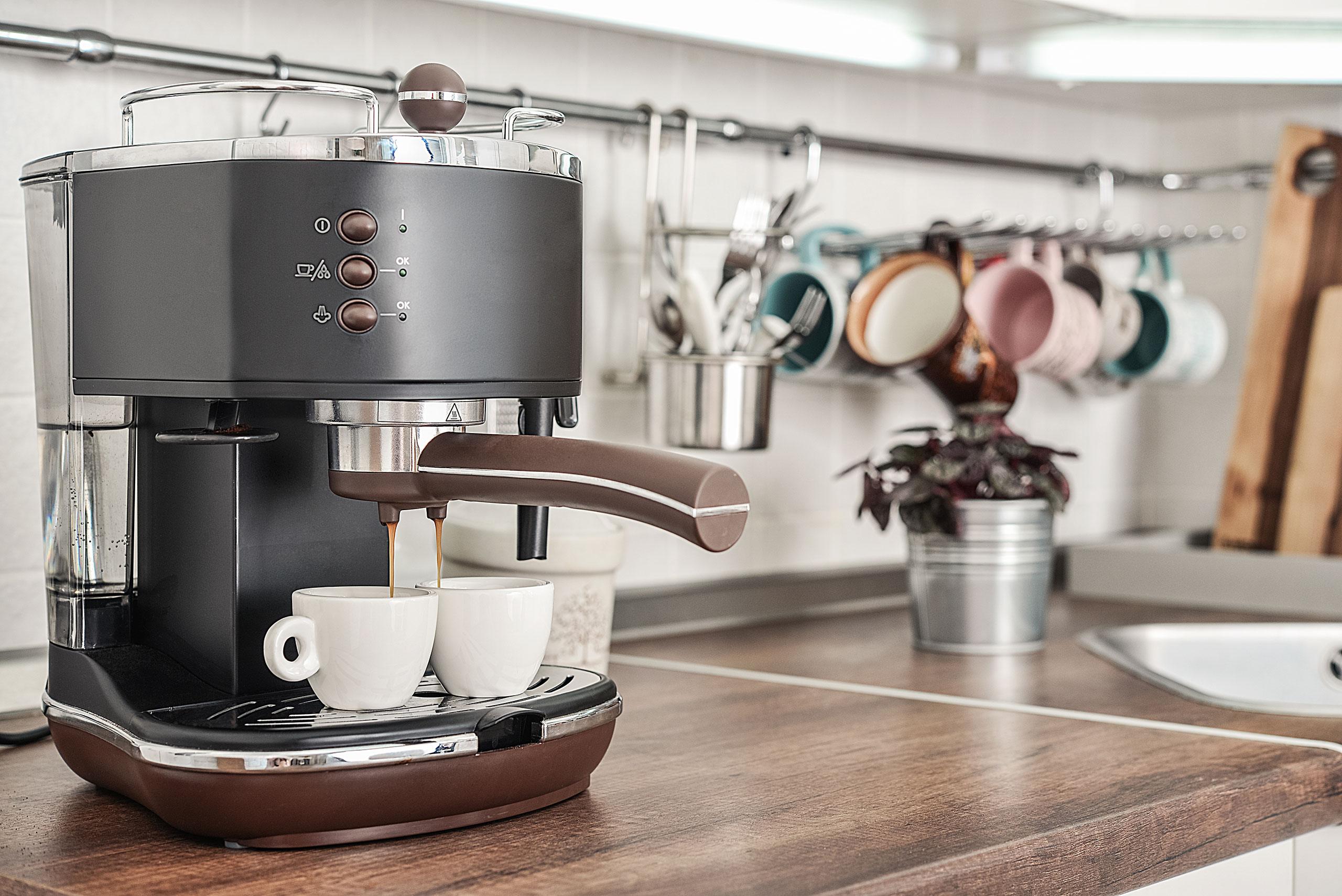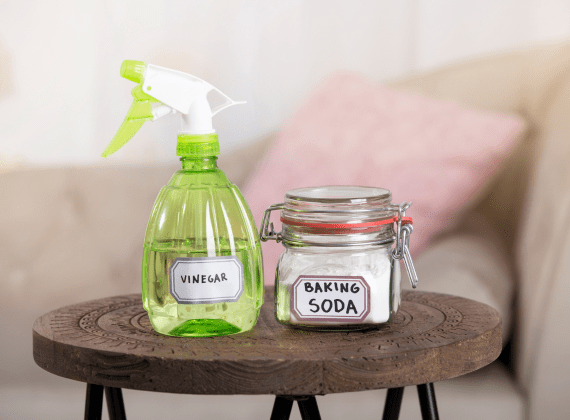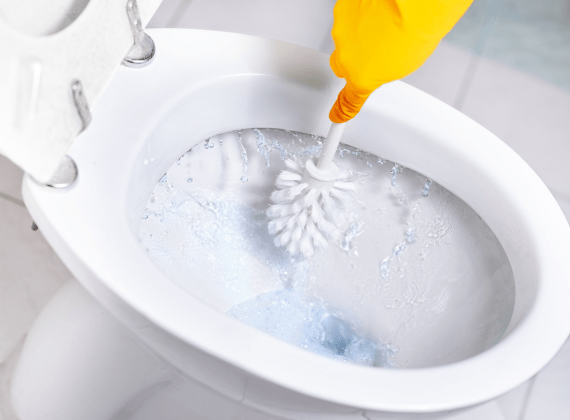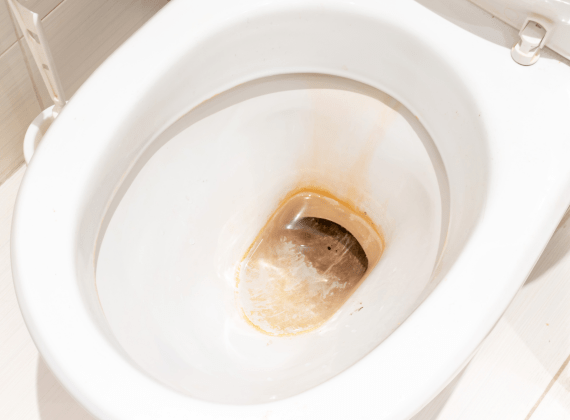How to Get Rid of Limescale in Toilet
Want to know how to remove limescale from your toilet and return it to it’s original sparkling state?
Read on to find out how…
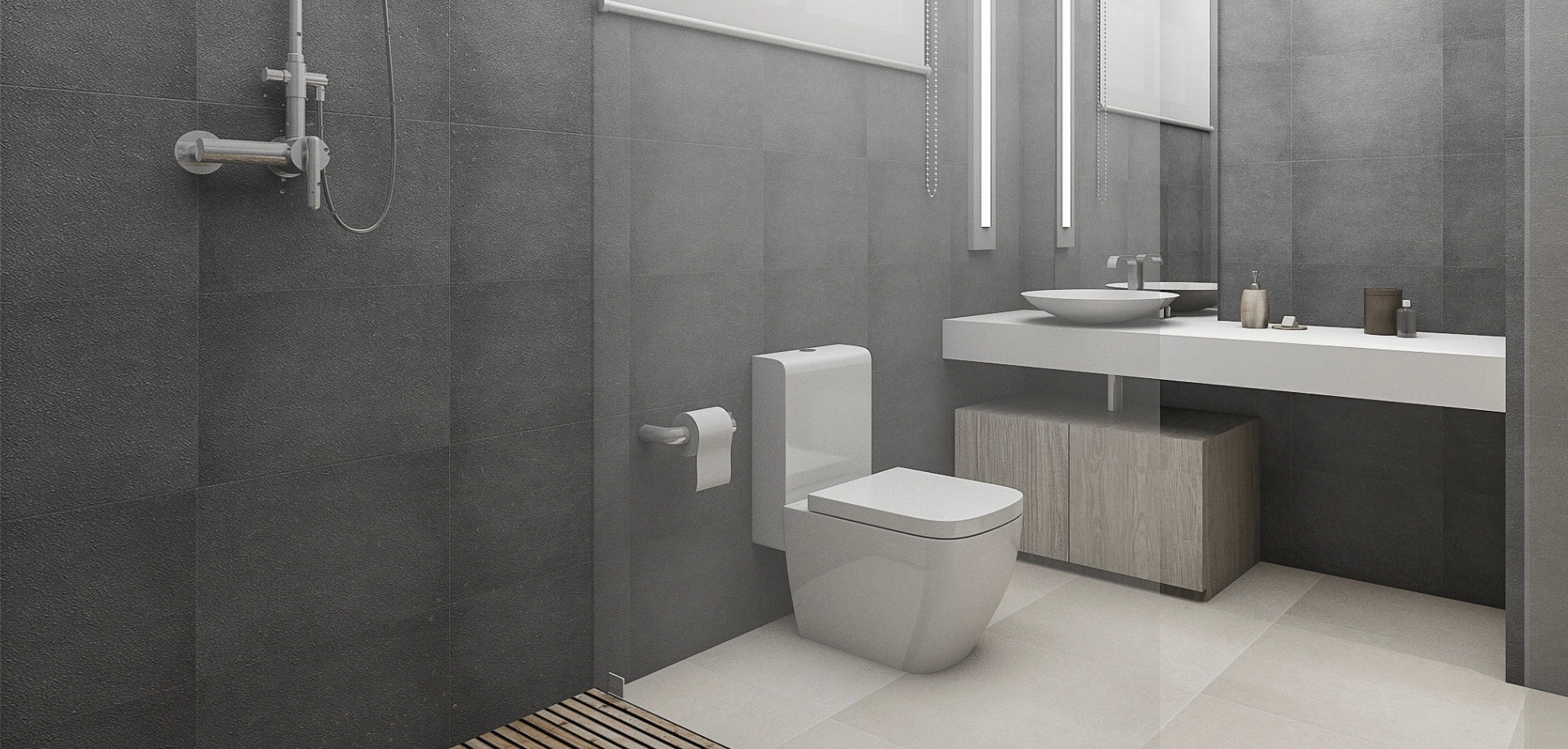
Limescale buildup in a toilet can lead to unsightly stains, which not only dull the surface but can also be tough to clean. Over time, limescale deposits—caused by hard water—can block water flow under the rim, reducing the flushing power and allowing bacteria to thrive. If you’re looking to get rid of limescale in your toilet, regular cleaning is essential, not just for appearance, but for maintaining proper function and hygiene. In this guide, we’ll explore how to get rid of limescale in toilet and keep your toilet fresh for good.
What is limescale?
Limescale forms when calcium and magnesium are deposited as hard water evaporates, leaving behind a chalky, scummy residue that’s often recognised on shower screens, showerheads, drinking glasses, and taps. The colours of limescale can vary depending on the diverse compounds present in the water entering your home. Typically, limescale appears in shades of off-white or grey.
Why do I have limescale in my toilet?
Hard water has a knack for swiftly accumulating on sinks, showers, and toilets, leaving behind stubborn rust and scale stains that pose a challenge to remove. Additionally, it wreaks havoc on household appliances, hindering water flow in pipes and impeding the performance of various devices. Among all the areas and appliances in our homes, toilets stand out as particularly problematic. Constantly subjected to heavy use and with stagnant water often present, toilets provide an ideal environment for limescale to flourish, exacerbating the issue. However, there are methods available to remove limescale from the toilet.
How to clean toilet stains with home remedies
Many people turn to chemicals such as bleach to try and remove limescale stains in their toilet bowls. However, this only masks the problem temporarily by bleaching the scale, leading to a short-lived improvement before the stains resurface. There are various other methods to clean toilet stains that are long-lasting, which we’ve explored below:
How do I get rid of limescale in my toilet using vinegar and baking soda?
One of the most effective and eco-friendly ways to tackle limescale is by using white vinegar and baking soda. This method works well for light to moderate buildup and uses ingredients you likely already have at home.
Steps:
Step 1 – Pour 1 cup of white vinegar directly into the toilet bowl and use a toilet brush to mix this around in the water. Leave it to sit for around one minute.
Step 2 – Then, add 1 cup of baking soda to the toilet bowl, followed by 1 to 2 cups of white vinegar. When it begins to fizz, you should let the solution sit for about 10 minutes.
Step 3 – Now, use the toilet brush to swish the solution around the bowl, ensuring the solution coats any stains that are above the waterline. Don’t flush the toilet just yet.
Step 4 – Let the vinegar and soda mixture sit for up to 30 minutes, swishing it and scrubbing it with a toilet brush a couple of times until the stain has gone. Flush the toilet to rinse the mixture away and you’re finished.
This natural method helps dissolve mineral deposits while deodorising the toilet bowl—making it an effective and gentle way to remove limescale stains from your toilet.
What cleaning products remove toilet limescale?
If home remedies aren’t strong enough, there are a number of toilet limescale removers you can purchase that can offer faster, more powerful results.
Popular options include:
-
Descaling toilet gels or liquids: These often contain acids (like hydrochloric or citric acid) that break down mineral buildup quickly.
-
Limescale remover sprays: Great for tackling under-the-rim deposits and hard-to-reach spots.
-
Toilet cleaning tablets: Drop-in tablets can help maintain a clean bowl between deep cleans.
How to use:
Step 1 – Apply the product according to label instructions—usually under the rim and around stained areas.
Step 2 –Leave it to sit for the recommended time (often 10–30 minutes).
Step 3 –Scrub with a toilet brush, then flush to rinse.
Look for products labeled as “limescale remover” or “for hard water stains” to ensure they’re targeted for this kind of buildup.
Can I use a pumice stone to remove limescale from my toilet?
Yes, a pumice stone is a highly effective manual method for removing stubborn limescale stains without damaging the porcelain when used correctly.
How to use a pumice stone:
- Ensure to wet both the pumice stone and the toilet bowl thoroughly—never use it dry as this can cause scratches.
- Gently scrub the limescale stains in a circular motion using light pressure. Focus on the water line or under-rim areas where buildup is heaviest, moving slowly to avoid damage.
- As you scrub, flush occasionally to rinse away debris and check your progress.
If you’re dealing with particularly stubborn stains, pair pumice stone use with a descaling cleaner for even better results.
Pumice is abrasive, so avoid using it on toilets with protective coatings or if you’re unsure of the material. Always test on a small area first.
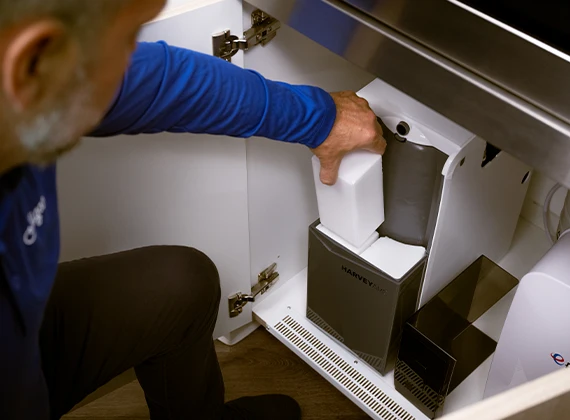
How to Get Rid of Limescale in the Toilet for Good: Water Softeners
While regular cleaning can remove limescale, the most effective way to stop it from coming back is by tackling the problem at its source: hard water. Across much of the UK, mains water contains high levels of calcium and magnesium, which leave behind stubborn limescale deposits, especially in toilets, taps, and appliances.
A water softener offers a lasting solution by removing these minerals and softening the water before it enters your plumbing. This reduces limescale buildup for cleaner surfaces, better-performing appliances, and less need for frequent scrubbing or descaling.
By installing a water softener, you’re not just solving the problem of limescale in your toilet—you’re preventing it from happening in the first place.
01
Culligan Harvey water softeners help reduce household spending by extending the life of appliances and lowering energy bills.
02
Designed for efficiency and ease of use, our softeners require minimal maintenance and provide consistent performance.
03
Our softeners are built to fit seamlessly into UK homes, with compact designs that don’t compromise on power or capacity.
04
Culligan Harvey water softeners help cut down on plastic waste, energy consumption, and chemical runoff—making your home greener.
Removing toilet stains caused by limescale can be a frustrating and time-consuming task, especially in areas with hard water. While home remedies and cleaning products offer short-term relief, the buildup often returns, leaving surfaces dull and stained. The most effective way to stop limescale for good is to prevent it from forming in the first place. At Culligan Harvey, we are committed to providing reliable, high-quality water softening solutions that help households across the UK combat the damaging effects of hard water. Our compact, efficient systems reduce mineral deposits throughout your plumbing, keeping toilets, taps, and appliances cleaner for longer. Contact us to find out more about how to remove limescale in your toilet with a water softener.
Do you need a water softener?
If it’s 100ppm or above, you have hard water. A water softener can help you avoid limescale buildup, saving time and money.
* PPM stands for parts per million and indicates the concentration of dissolved limescale minerals like calcium and magnesium in water.
Latest Cleaning blog posts
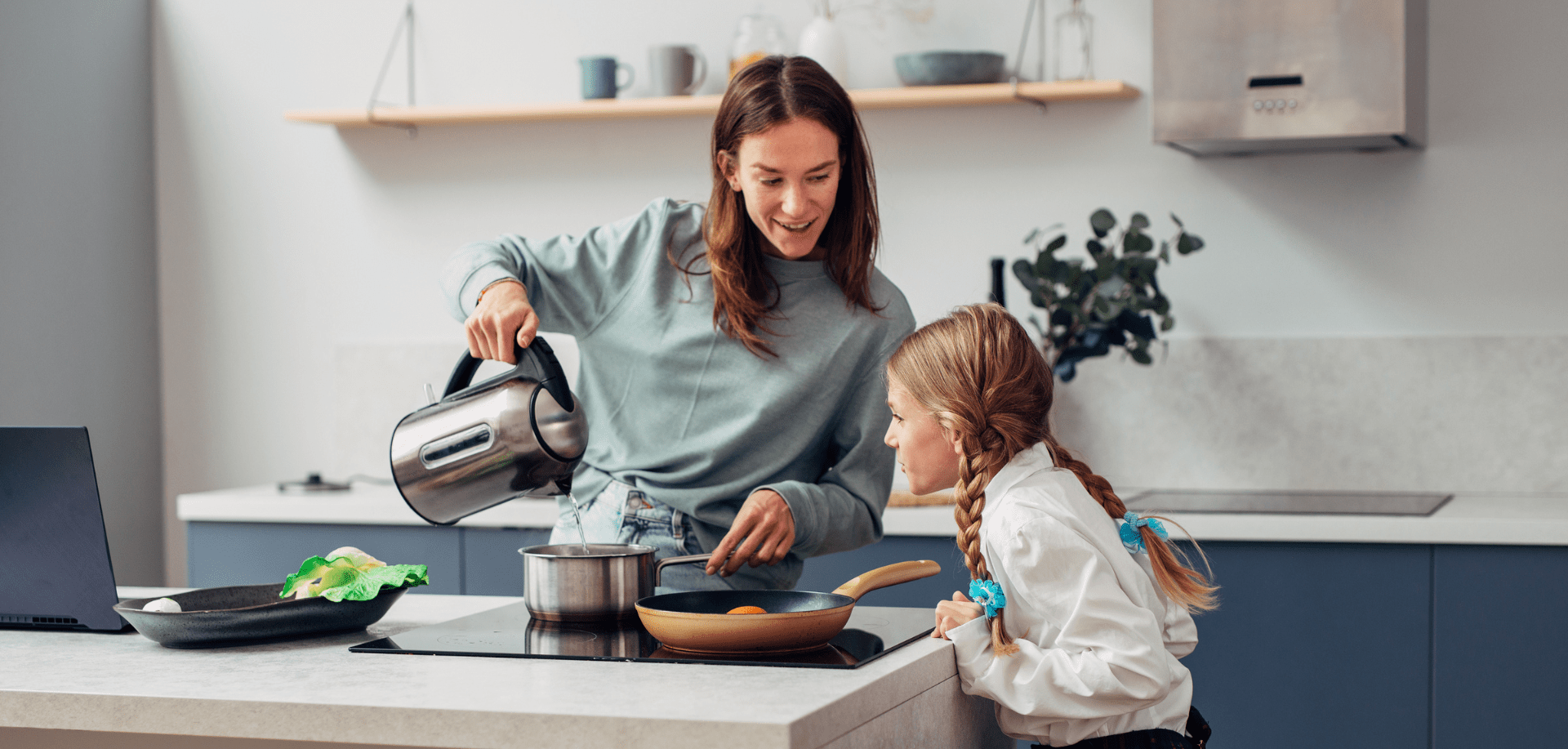
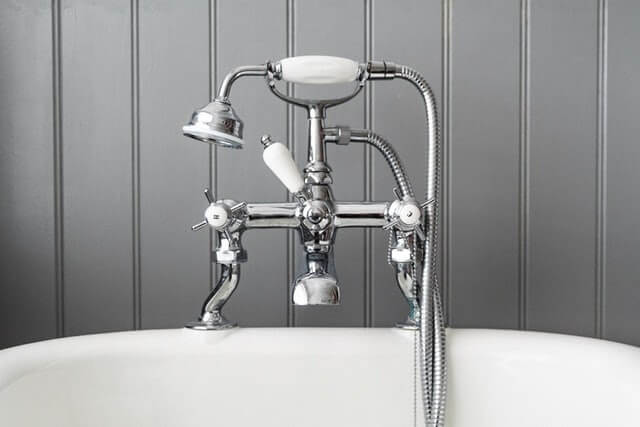
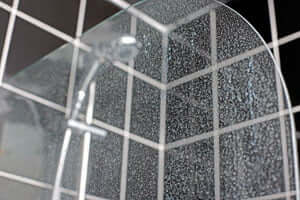
Get in touch with our experts
Please fill out this form so that we can contact you about your enquiry. You can also arrange for a free personalised water analysis in your home or through a virtual online demonstration.
Explore the benefits of softened water
